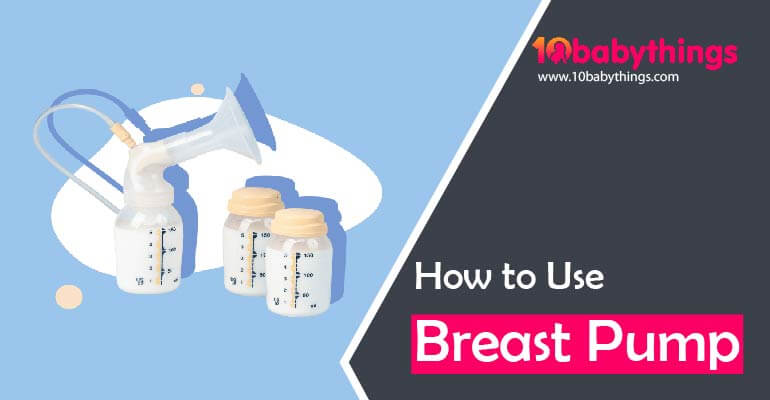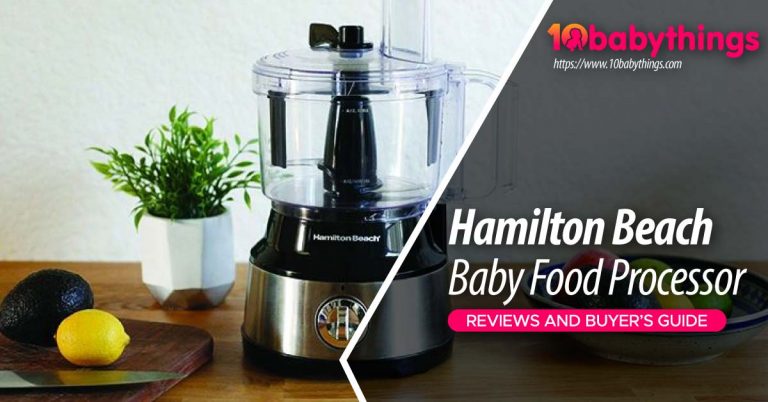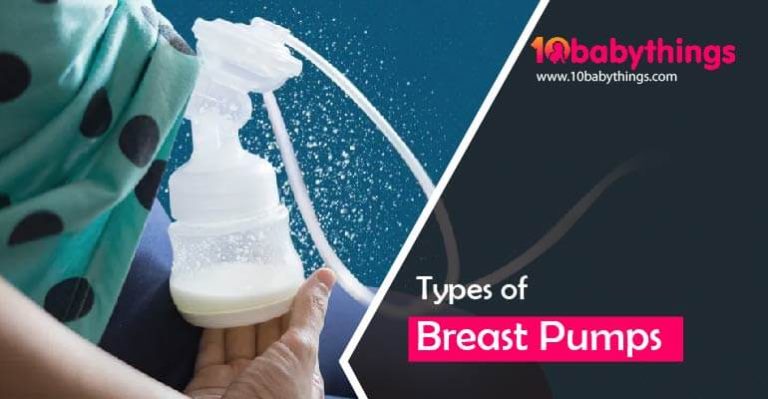How to Use a Breast Pump?

A breast pump is a helpful option for breastfeeding parents who work away from home or who simply need a break. It assists a parent in providing breast milk to their baby when he or she cannot be with him or her.
Breast pumps worry many parents: Will they be difficult to use? Is it efficient, comfortable and affordable? If it needs to be cleaned, how do you do it? It is possible to empower yourself through pumping, however, with the right plan. Parents who use breast pumps may find it helpful to speak with a lactation consultant or join a breastfeeding group.
Breast Pump Types
It is possible to buy manual pumps, electric pumps with single or double motors, hospital-grade pumps, or even hands-free pumps. A free electric breast pump is covered by your health insurance under the Affordable Care Act. Don’t miss out on this benefit just because you plan on pumping only occasionally.
You may need a double electric pump if you work outside the home. A hospital-grade pump may be needed to simulate feeds your infant isn’t receiving and to stimulate milk supply for a premature or sick baby in the NICU.
The Best Time to Use a Breast Pump
Depending on the situation, the best time to pump varies. In general, if someone else will be feeding the baby later in the day, you can pump first thing in the morning if you need to pump for one relief bottle. During the morning hours between 1 AM and 5 AM, milk supply peaks, but you do not have to wake up to pump.
You should pump your breast milk right after your baby takes his first morning feed. In this case, you may want to pump after the 6 AM feeding if your baby nurses at 2 AM and 6 PM.
The first-morning feed will leave plenty of milk for pumping and the second feed will also leave plenty. Go ahead and pump even if you don’t feel that your breasts are full; you should still get some useful milk.
The Benefits of Pumping If You Work Outside the Home
The more often you pump during the day, the better you’ll be able to continue breastfeeding. The best time to pump is when the baby normally feeds, generally at the same time each day. The baby might be fed at 6 AM, pumped at 9 AM, noon, and 3 PM, then fed as needed in the evenings and during the night.
About a month before returning to work, start stocking the freezer with milk.
Building a milk bank requires pumping daily after the first breastfeed of the day, and then storing it. As a result, pumping more often when you first return to work will be less stressful.
Breast Pump Preparation
Be sure to read the instructions provided with your pump before you start pumping. Removeable parts (like flanges and collection bottles) should be cleaned in warm, soapy water.
You should always gather supplies before pumping, such as freezer bags and water (pumping makes you thirsty). If it is an electric pump, plug it in. You can then begin by washing your hands.
The Best Way to Use a Breast Pump
Instruction manuals should help you understand each pump. There are many how-to videos available online from manufacturers. If you need assistance with lactation, you can contact a lactation consultant.
Manual Breast Pumps: How to Use Them
In addition to being able to pump only one breast at a time, manual pumps are useful to relieve engorgement quickly or as a backup method in case your electric pump fails.
Place the flange (the cone-like component that goes on the breast) so that the nipple is in the center. The lever or bulb must be squeezed so that the flange seals to the breast. This causes pressure to be created, which draws milk from the nipple.
If your hand gets tired, continue pumping for another 10 to 20 minutes until the milk stops flowing! The other breast can then be used.
Electric breast pumps: How to use them
This plan should help maintain milk supply if you use a double electric pump.
- Make sure the nipples are centered within the flanges. Turn on the pump by leaning forward slightly.
- Low suction and slow speed are the best settings for the pump. In this way, you can simulate how a baby suckers. At more intense settings, pumping can be jarring.
- The pump should be run for seven minutes. In the beginning, there may be nothing coming out. The milk will begin to flow a few minutes after you begin pumping.
- Let the pump stop for one minute, and massage your breasts all around, starting from the armpits to the nipples. In a sense, this provides a break to the breast.
- The milk should be stored after seven more minutes of pumping.
Even if you no longer have milk flowing, you should pump for 15 minutes. In order to maintain milk supply, the breasts are stimulated by pumping. In some cases, parents (not all) notice that if they only pump for a short period of time, their supply decreases over time.
Related: Naturally Increasing Your Breast Milk Supply
The Best Way to Clean a Breast Pump
If you have a pump, consult the instruction manual. Most removable pump parts do not need to be sterilized-just wash them in warm, soapy water.
If you don’t have easy access to a sink, sanitizing wipes and sterilizing bags can be a convenient alternative. You can use the bags by placing removable parts (such as flanges) into them and steaming them in the microwave.
Make sure you recharge your pump between sessions if it has a rechargeable battery.
Conclusion:
It doesn’t matter if you use it daily or only once in a while, a good breast pump can be a lifesaver. Don’t use your pump at work or on the road until you practice at home. So you can get used to the pump and make adjustments. Furthermore, you’ll be able to build up a stash of frozen milk.






